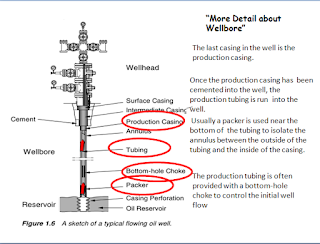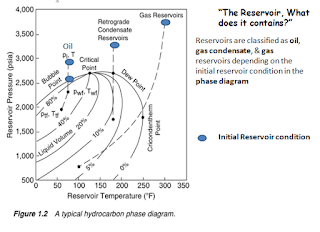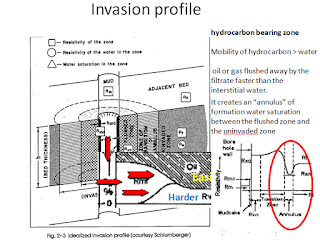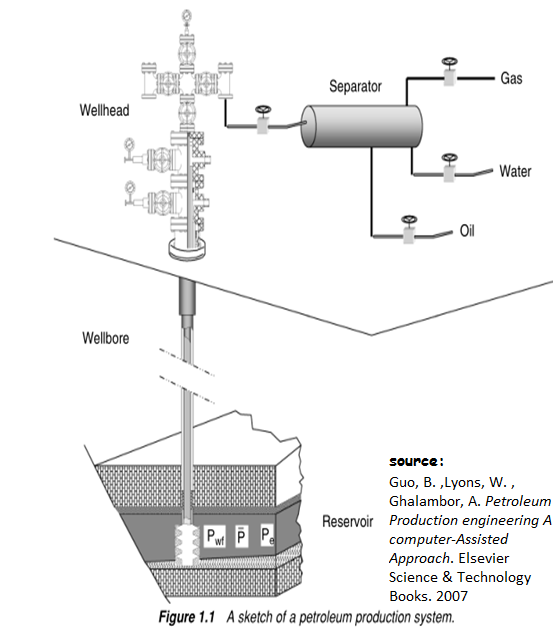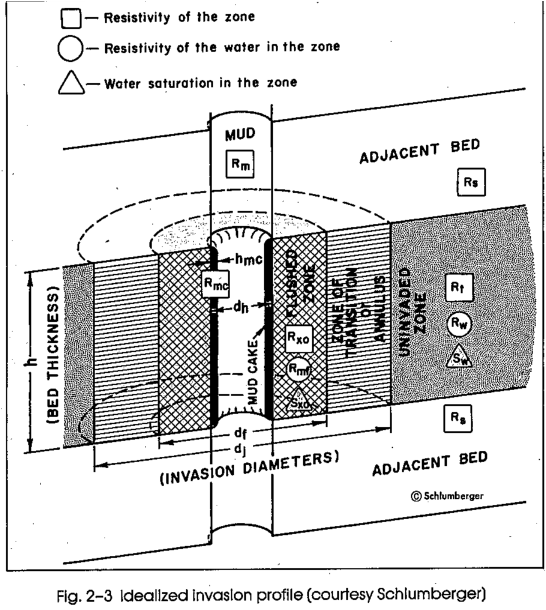Invasion Profile: Resistivity
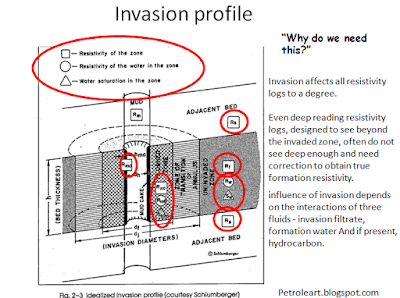
This post is an elaboration of the "Mud Invasion Profile" slide which I share in my previous post [CLICK HERE ] . This explanation will fit the best if you want to present the "Mud Invasion Profile" slide at page 4 What is Resistivity? Before going further to resistivity, we should know what resistance is first. Resistance can be defined as voltage divided by the current. The concept of resistance is parallel to the concept of ”friction” in mechanical. It defines how hard electric current can pass. The Ohm's Law states that ideally the ratio of voltage and current are always constant. That’s why it is believed that the resistance depends on material and condition being used to flow the current. Unlike density, which will not change as the material is cut, resistance will change if the material’s geometry or volume changes. That is why more than just the material, the geometrical properties also affect the resistance. After we know abo

